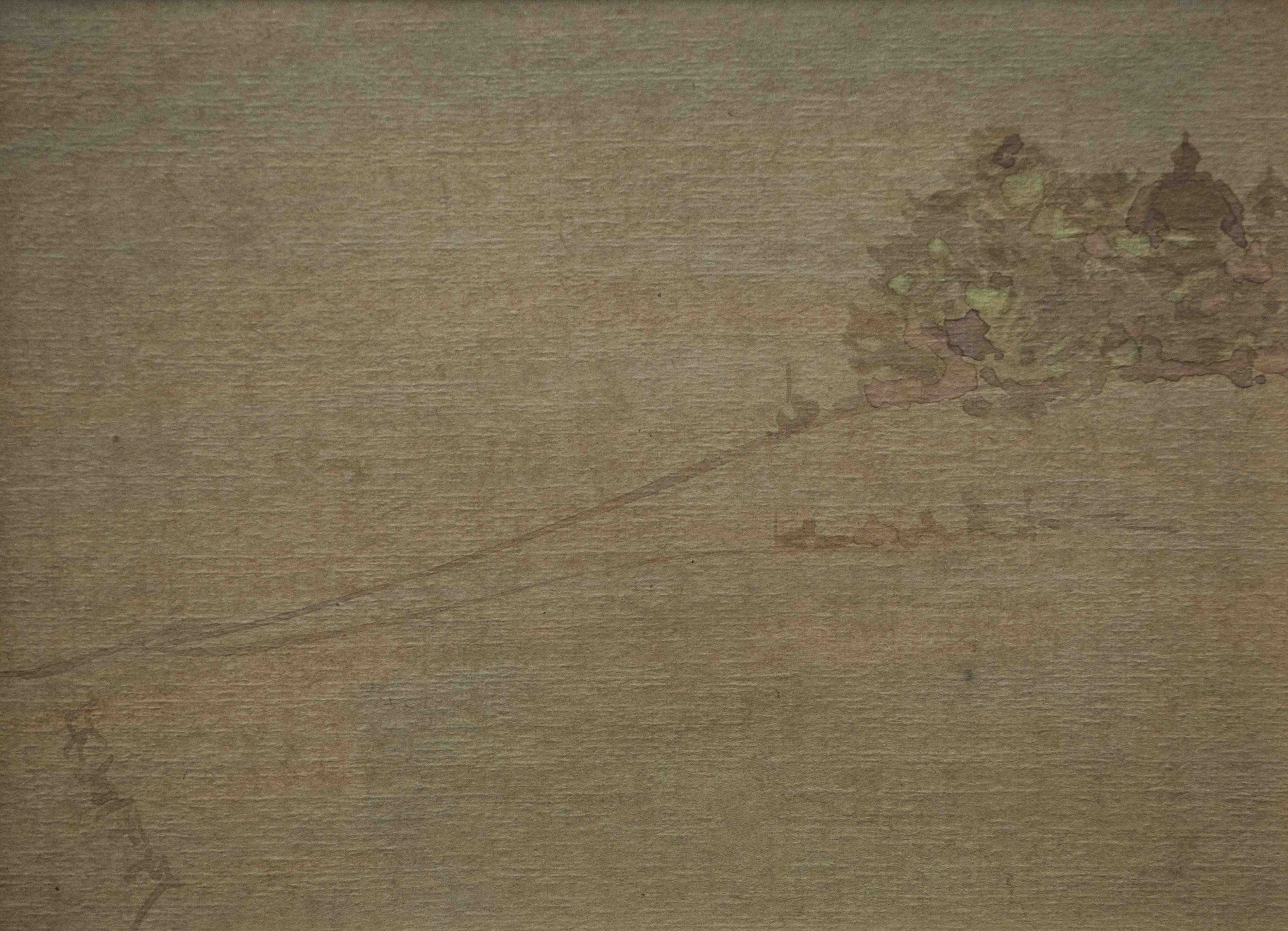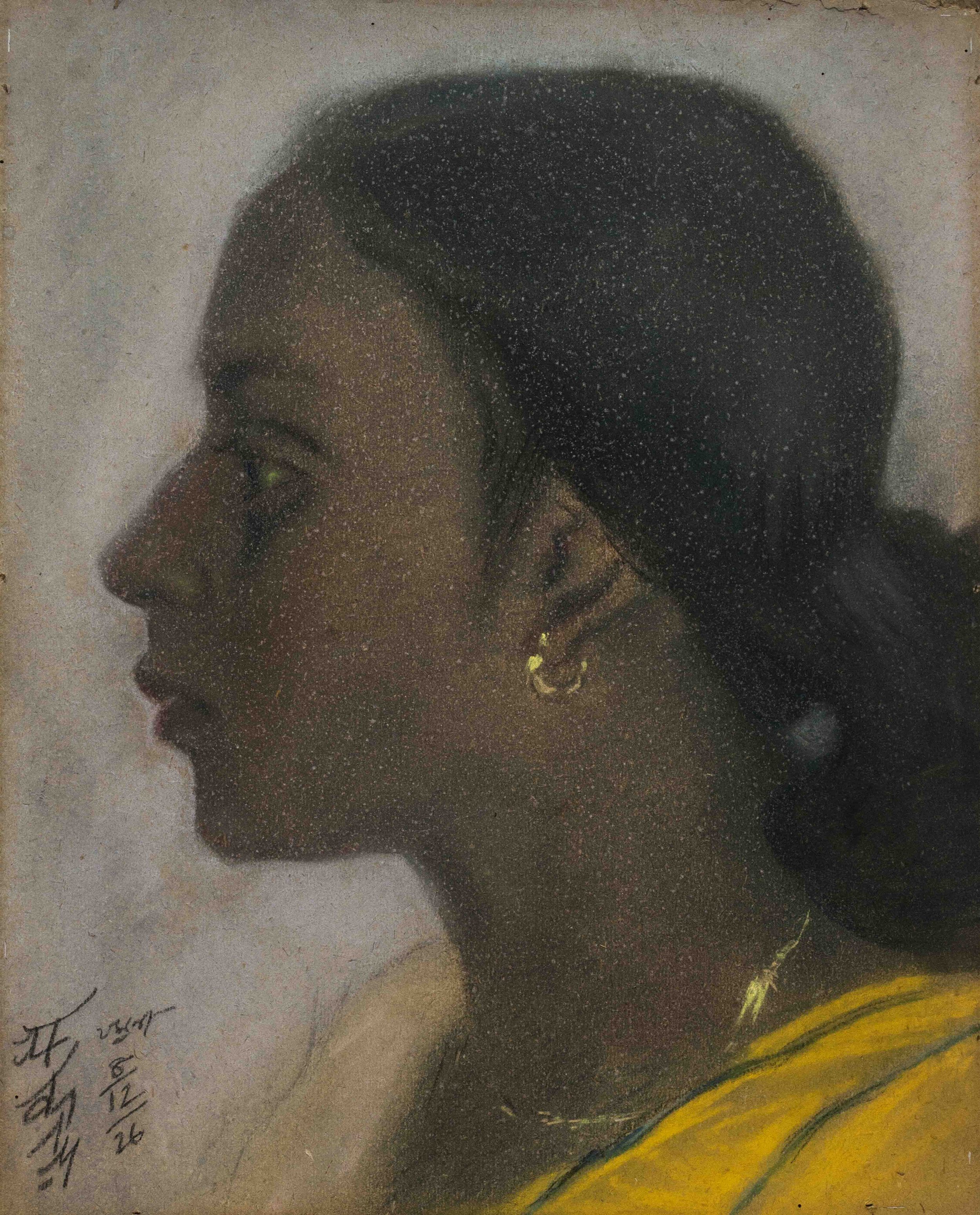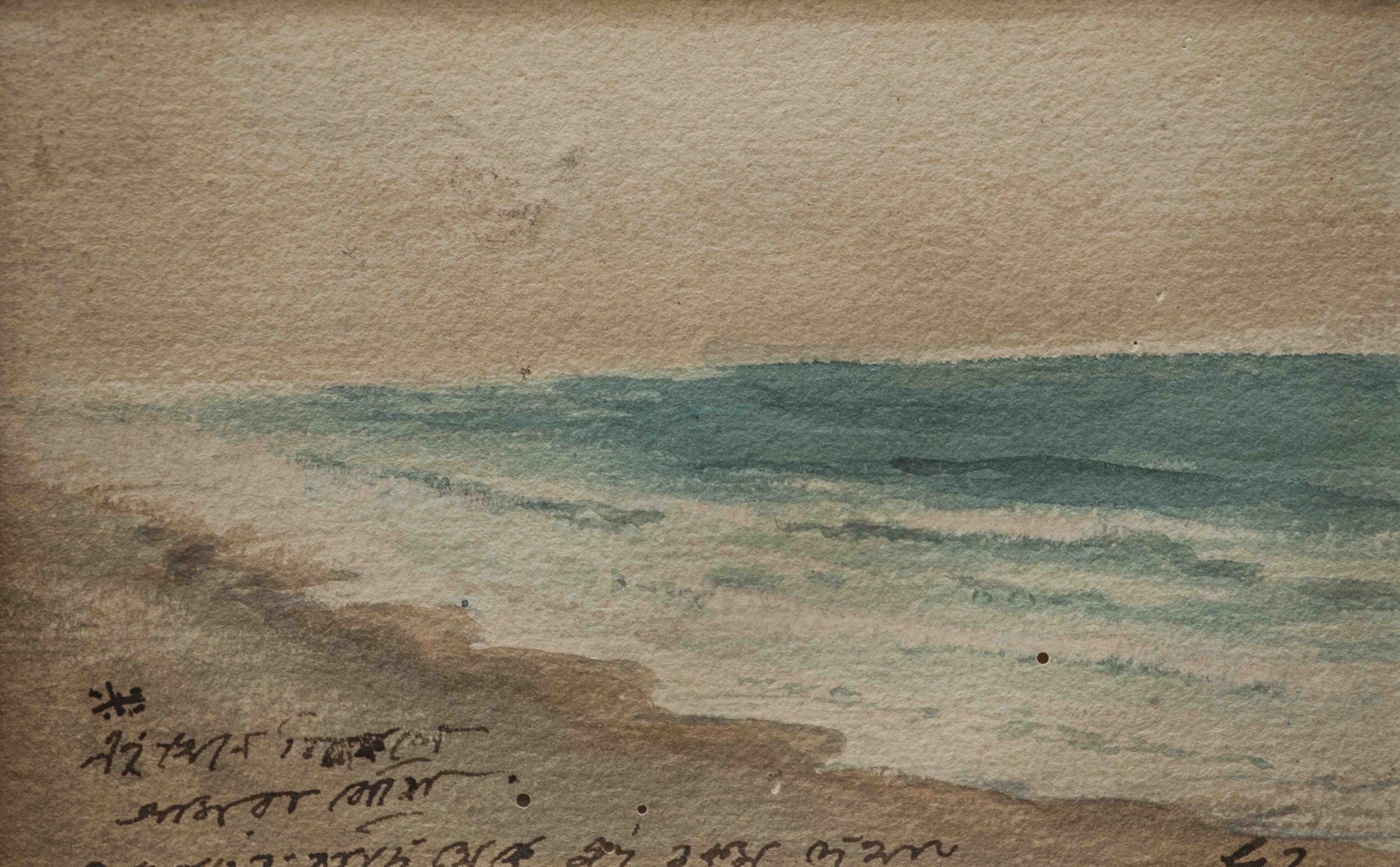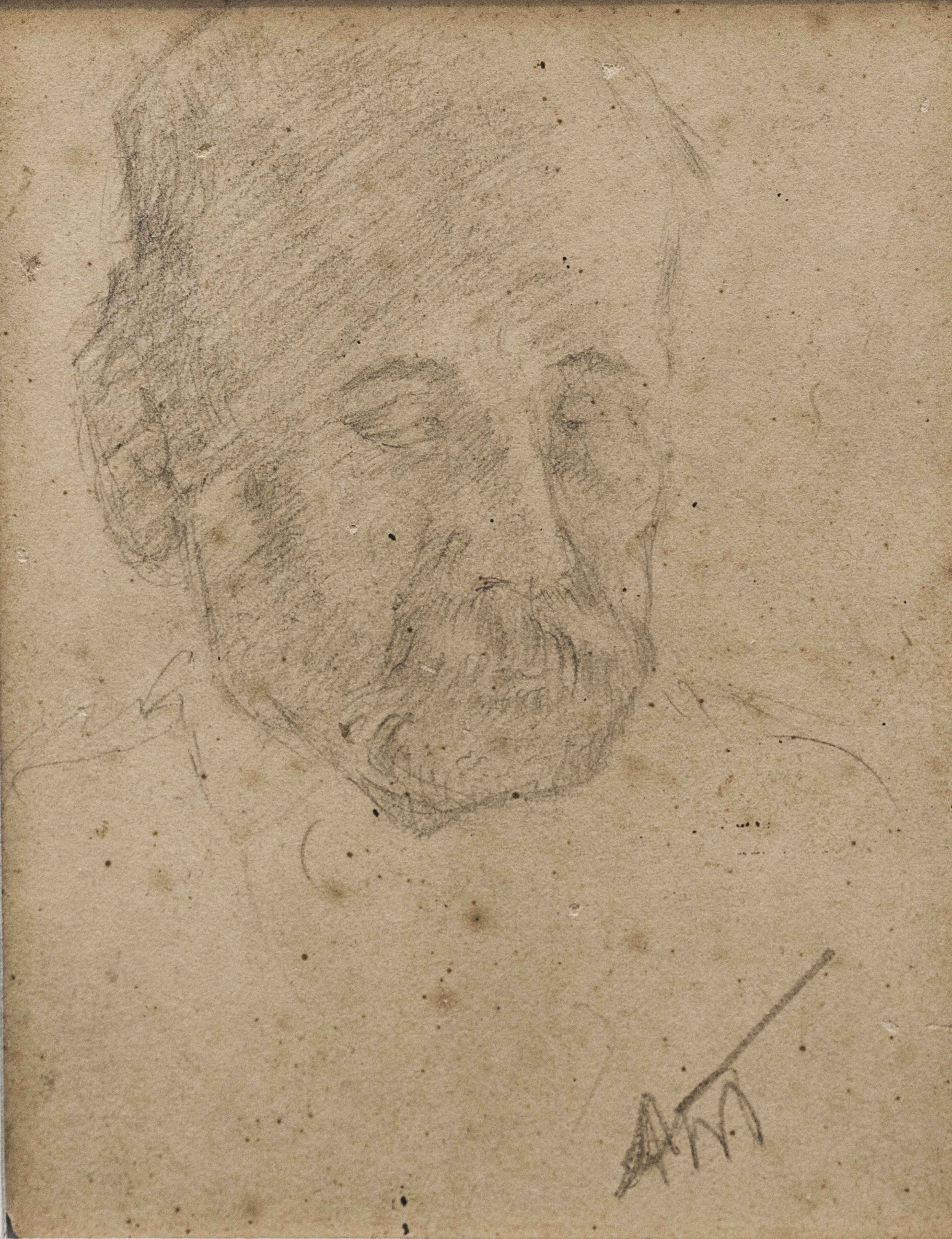
TAGORE TRIAD
November 11- November 25, 2017 at Akar Prakar, Kolkata
Our exhibition features Rabindranath, Abanindranath and Gaganendranath— three members of the illustrious Tagore family— whose contributions have vastly enriched the world of arts. Their striking individualistic approach to painting, redefined the history of Indian art.
Art was not regarded as a mere form of visual expression, but a tool for protest against the regressive forces (social and political). Instead of striving after the much celebrated Western art, the three artists created a practice of their own.
The exhibition showcases the Jorasanko Thakurbari as one of the foremost art-hubs of the day, playing a significant role in music and bringing about the intellectual revolution during the period. Our presentation does not limit itself to the display of paintings; it stretches further, highlighting the ethos of the creation and perspectives of the artists who sketched the masterpieces.
With western modern art gradually colonising the art space, this exhibition stands witness to the country’s rich artistic heritage and legacy. The creations of the three maestros are revered by the world to this day, despite the attempt (western modern art’s) to invade the various traditional art forms.
Bengal in the 19th century experienced its Renaissance, spearheaded by Jorasanko Thakurbari. Dwarakanath Tagore was one of the notable connoisseurs and patrons of the arts of the period. Surprisingly, the arrival of Western Art in Bengal was aided by the Tagores. Debendranath Tagore earned a name for patronising foreign artists who drew portraits of his family members. Abanindranath’s father Gunendranath, and Jyotirindranath, began their journey at the Art School in 1864. Gunendranath’s interest in photography was inherited by his elder son and Abanindranath’s elder brother, Gaganendranath. Abanindranath’s uncles Jyotirindranath and Rabindranath were eminent artists.
Debdutta Gupta
Abanindranath Tagore | Bivas | Archival Paper | 10.5 x 6.75
Rabindranath Tagore | The Vision | ink & brush on paper | 8.25 x 10.75 in
Gaganendranath Tagore | Untitled | Watercolor | 5.25 x 2 in
Abanindranath Tagore | Untitled | Wash on paper | 4.75 x 6.75 in
Gaganendranath Tagore | Untitled | Watercolor on Paper | 5 x 3.75 in
Gaganendranath Tagore | Tathagatha | Watercolor on Paper | 10.25 x 6.75 in
Abanindranath Tagore | Portrait of Jamuna | Dry Pastel on Board | 15 x 12 in
Abanindranath Tagore | Untitled (Mother) | Watercolor | 5.5 x 4.75 in
Rabindranath Tagore | Untitled | Pen & ink on paper | 7.75 x 10.25 in
Gaganendranath Tagore | Untitled | Watercolor on Postcard | 5.5 x 3.75 in
Gaganendranath Tagore | Untitled | Watercolor on Postcard | 5.35 x 3.75 in
Gaganendranath Tagore | Untitled | Watercolor on Postcard | 3.5 x 5.25 in
Gaganendranath Tagore | Untitled | Watercolor on Postcard | 3.5 x 5.25 in
Gaganendranath Tagore | Puri sea in evening | Watercolor on Postcard | 3.75 x 5.25 in
Gaganendranath Tagore | Untitled | Wash on Nepali paper | 3.75 x 6 in
Gaganendranath Tagore | Untitled | Pencil Drawing | 5.75 x 4 in
Abanindranath Tagore | Untitled (back) | Pencil Drawing | 4.25 x 3.25 in
Abanindranath Tagore | Untitled (Front) | Pencil Drawing | 4.25 x 3.25 in
Abanindranath Tagore | Untitled (Back) | Pencil Drawing | 7.25 x 12.25 in
Abanindranath Tagore | Untitled (Front) | Pencil Drawing | 7.25 x 12.25 in
Abanindranath Tagore | Mahim Kathak | Pencil Drawing | 8.5 x 6.75 in
Abanindranath Tagore | Mahim Kathak | Pencil Drawing | 8.5 x 6.75 in
Abanindranath Tagore | Untitled | Pencil Drawing | 7.25 x 4.75 in
Abanindranath Tagore | Natore Conference | Pencil Drawing | 7.25 x 4.5 in
Abanindranath Tagore | Agni Upasak | Archival Print | 7.75 x 5 in
Abanindranath Tagore | Agni Upasak | Archival Print | 7.75 x 5 in
Gaganendranath Tagore | Gaganendranath Tagore's House | Photograph
Rabindranath Tagore | Mahatma Gandhi with Rabindranath Tagore at Santiniketan | Photograph
Rabindranath Tagore | Rabindranath Tagore at Jorasanko Library | Photograph (front)
Rabindranath Tagore | Rabindranath Tagore at Jorasanko Library | Photograph (back)





























